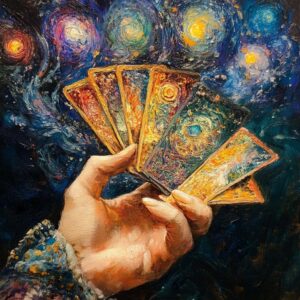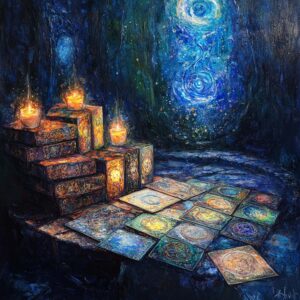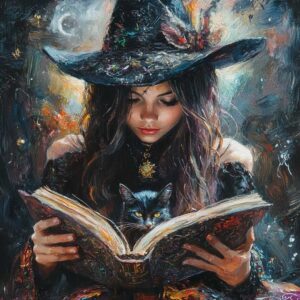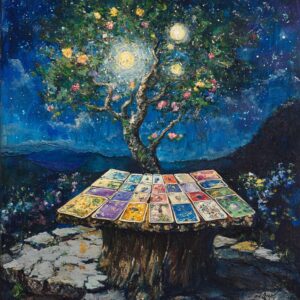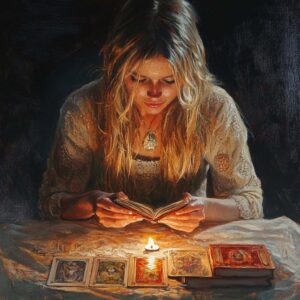The "bad" Tarot cards:
- The Devil
- The Tower
- Three of Swords
- Nine of Swords
- Five of Pentacles
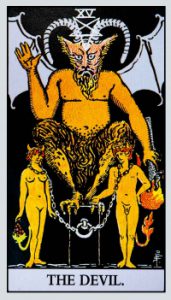
Bad: Addiction, bad habits, self-destruction, bondage to materialism, fear as the dominant force, and being surrounded by people who drain energy without giving back. A card representing restriction signifies dependency, lack of awareness, and possessiveness. The awareness of the Devil card provides a sense of power and control, amplifying the ego, which obstructs spiritual development. This awareness can lead to hubris (the sin of pride, the desire to emulate God).
Good: Healthy sexuality, and a message that it is time to release material and spiritual chains. The role of the individual is to recognize the dark, destructive forces from a place of awareness and transform them into creative power.
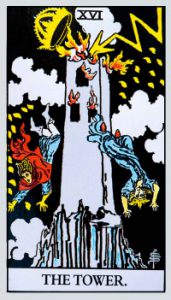
Bad: Destruction creates a period of despair, a sense that there is no light at the end of the tunnel, helplessness, fear, and anxiety. It represents a stage in life where things end abruptly. While the Death card signifies a natural end, the conclusion of a process due to personal development, the Tower card represents a sudden collapse, trauma, or external disaster. The destruction occurs because emotional, material, and spiritual management has been built on a shaky foundation. The lightning strike that causes the Tower’s collapse is a necessary catalyst for change. The Tower symbolizes assets, family, physical and mental health, work, and livelihood; when it collapses, the ground loses its stability. The resulting insecurity, due to the collapse of everything familiar and known, forces the individual into a place where what was not understood through awareness is imposed upon them by an external force.
Good: A warning sign that emphasizes the importance of details and the need to build a solid foundation for future endeavors. The crisis prompts an internal awakening that leads to breaking free from patterns, analytical or emotional thinking, and purification. The card removes falsehoods and fakes, allowing space for healing and recovery. The entire process occurs swiftly, like a lightning strike.
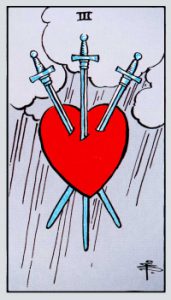
Bad: Feelings of rejection, loneliness, heartbreak, separation, and sadness. This card represents the aftermath of not addressing issues warned about in the Two of Swords. Despite the warning to confront reality and potential failure, the individual remains blind to the situation and now faces a harsh, painful outcome. Despite the pain and sense of failure, this is a lesson the person must go through on their path to spiritual development. The opportunity to avoid pain and failure was present with the Two of Swords, but neglecting it has led to the lesson being learned through suffering.
Good: As a future-oriented card, it serves as a warning to confront reality, understand obstacles, and address them, which removes stagnation and allows for appropriate responses that prevent further pain. If pain already exists, the person should accept it and recognize that part of learning and spiritual growth involves enduring pain.
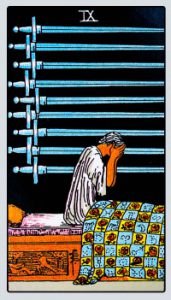
Bad: One of the more challenging cards in the Tarot, this card represents worry, irreparable concern, and a situation where it may be best to let go and move on. It signifies despair, anxiety, and failure. The situation is difficult, and the person intuitively knows this, but they struggle to relinquish control and move forward.
Good: This card serves as a warning, clarifying to the person that they are aware of what is challenging them and that it is time to let go of the issue and move forward. It indicates a state of blockage due to the person allowing emotions to dominate their actions instead of proceeding from a place of logic.
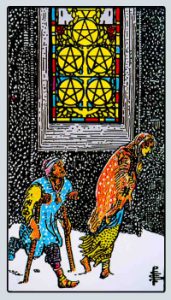
Bad: Conflict, distress, loss, and failure—this is one of the most challenging cards among the seventy-eight Tarot cards. The person is in a state of genuine loss and significant difficulty, with the hardest part being that the person themselves has caused the break. After feeling threatened by their status, as seen in the Four of Pentacles, they react in an imbalanced manner, responding to internal psychological distress and burning all their bridges.
Good: This card serves as a warning against clinging, fear of loss, and an inability to let go. It represents a sense of stagnation and an attempt to protect material possessions. The fear leads to inappropriate reactions to the situation. The challenge presented by this card can serve as a springboard for progress rather than a cause of stagnation.








